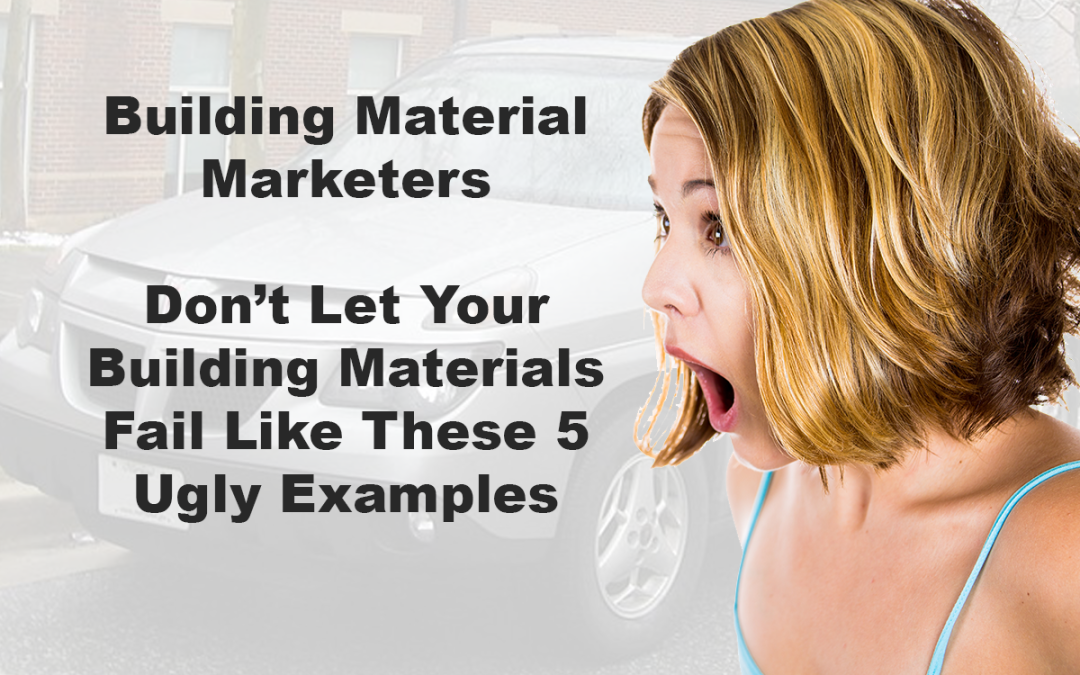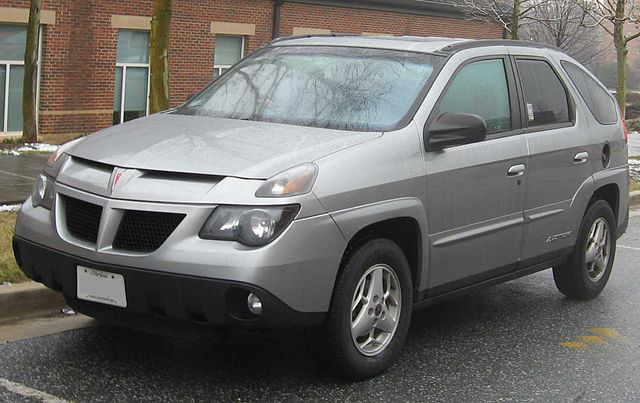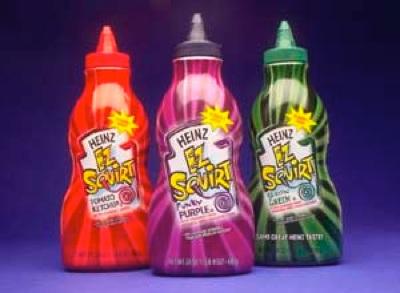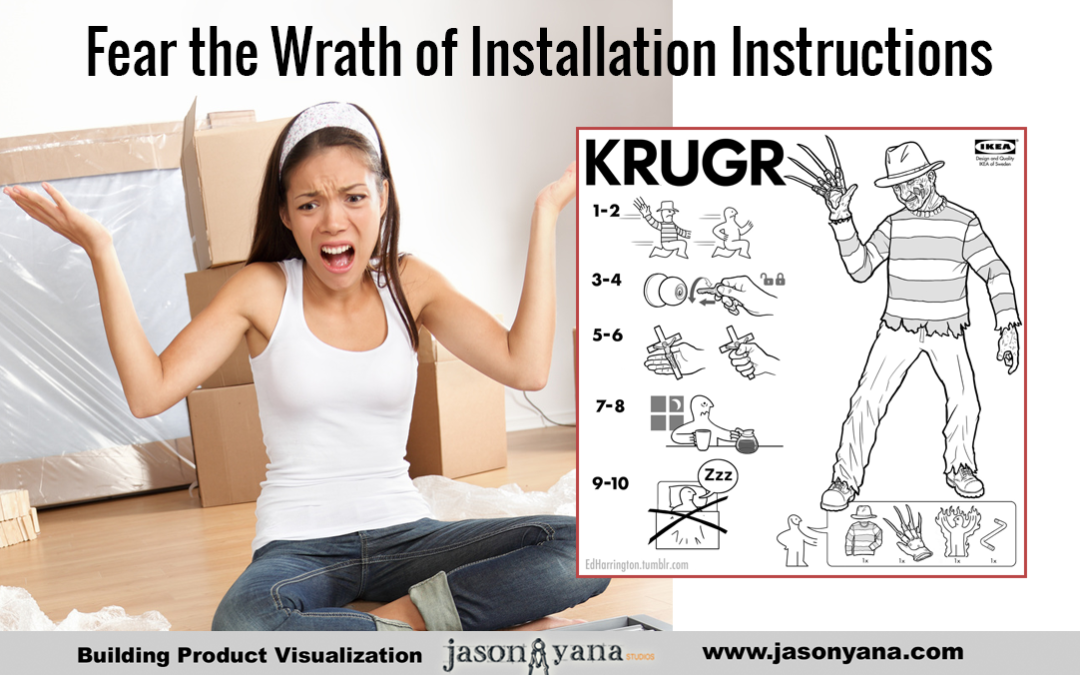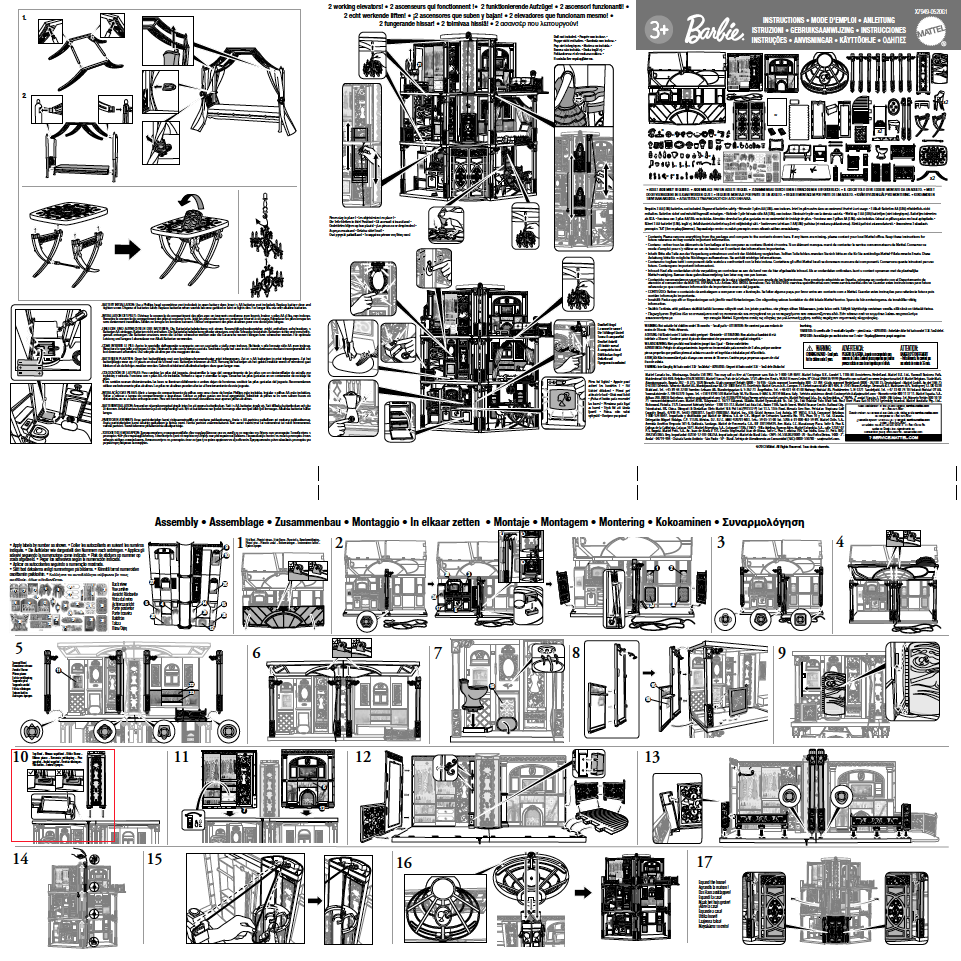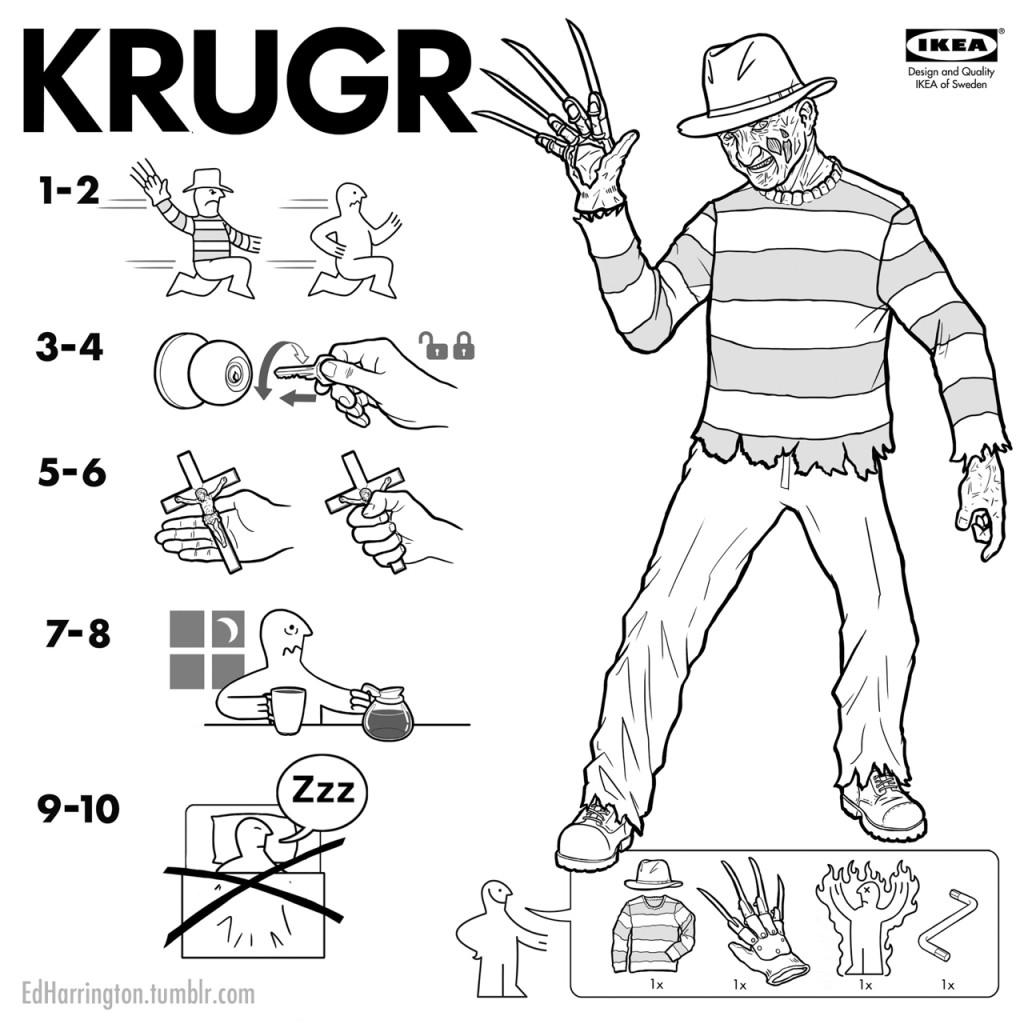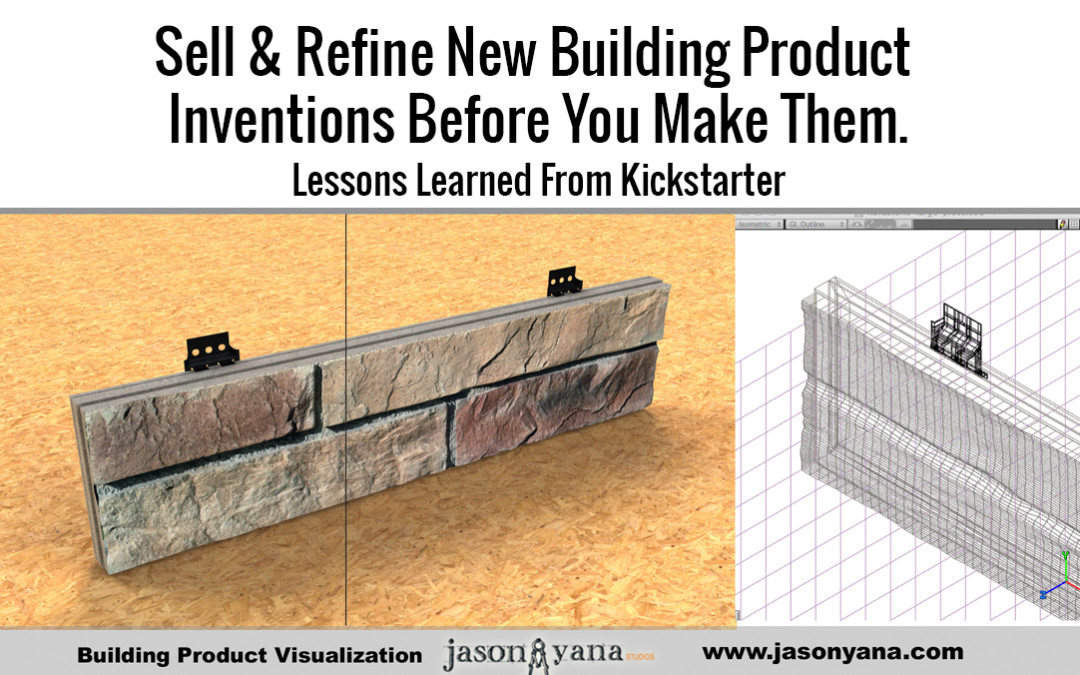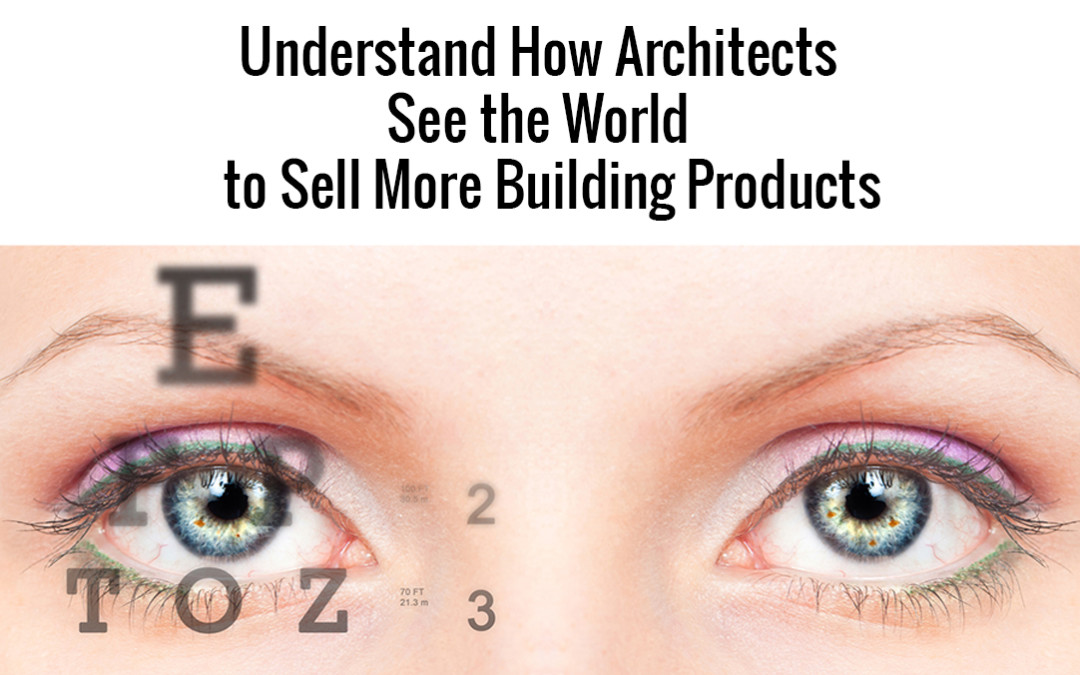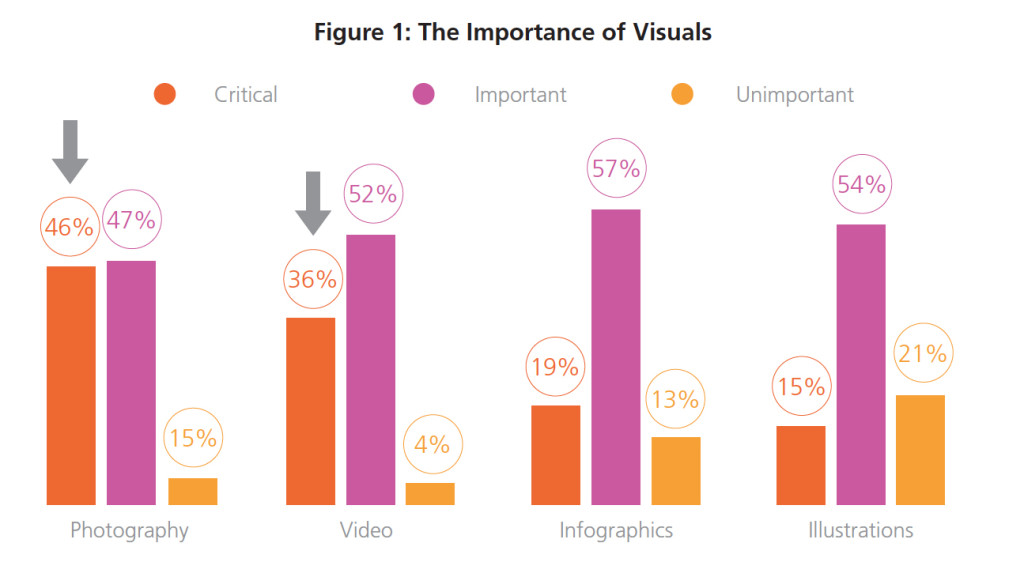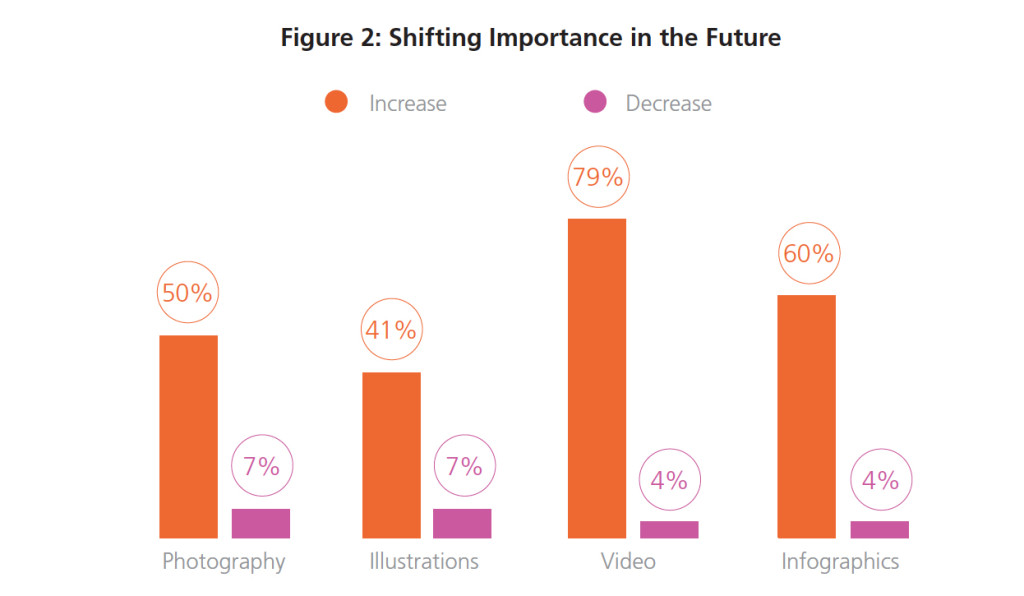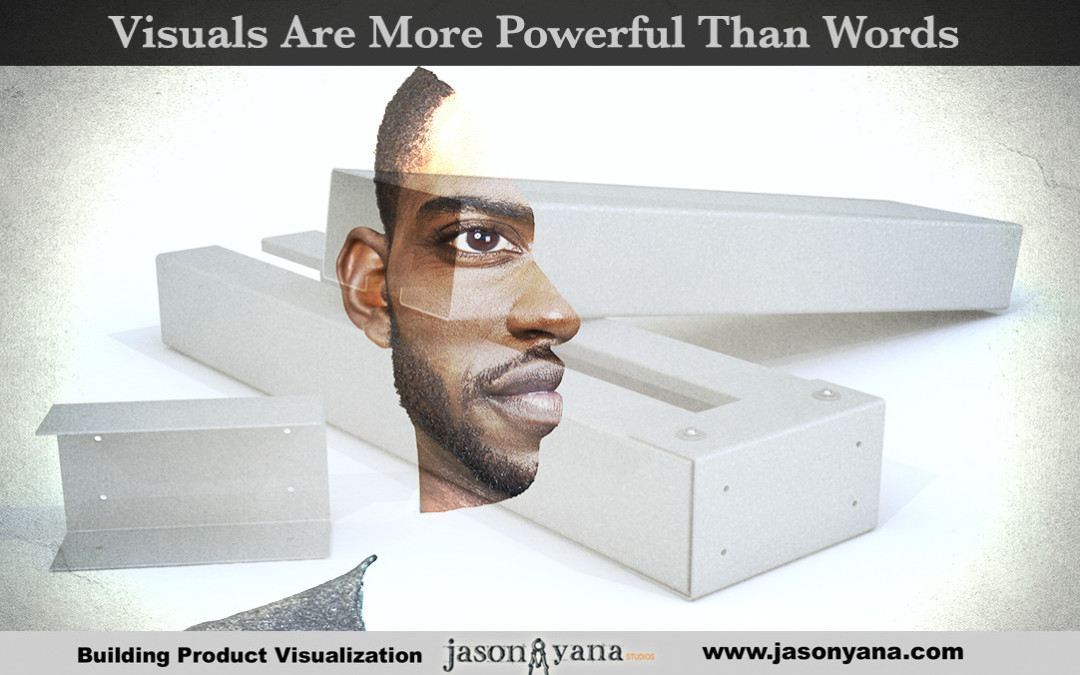
5 Reasons Why Visuals are More Important Than Words Alone For Marketing Building Materials
There Really is No Substitute For Experiencing Something Firsthand
Imagine, for a moment, that you are watching an old DVD of the movie, “Troy”. Boagrius, a huge, sweaty giant of a man, is standing with a sword and the crowd is yelling for Achilles to come out and fight him. Brad Pitt has buffed up for the role, but it’s obvious that his Achilles is still no match for this leviathan. You figure Achilles is toast. Achilles comes out with a dagger in his hand, then he starts running. He dodges two swords and throws down his shield. He runs and runs, and flies through the air, jabbing that knife into the neck of Boagrius as he flies past him. Boagrius is finished.
You’ve read the description, but it’s still no match for seeing the action, which lasted a mere fraction of the time it took to read about. You have a good imagination, but the impact is not the same.
Statistics Prove The Power of Visuals
This is just one of the reasons why visuals are more important than words alone. Beyond the short attention span so rampant today, there are actual physiological reasons why images have a powerful and staying power in the human brain. In today’s internet universe, video is king. Here are a few statistics:
- According to 3M Corporation and Zabisco, visuals are processed 60,000 times faster in the brain than text.
- SEOmoz has found that posts with videos attract 3 times more inbound links than plain text posts.
- 85% of the US internet audience watches videos online. Nielson says that the 25-34 age group watches the most online videos, and adult males spend 40% more time watching videos on the internet than females.
- Over 300 hours of videos are uploaded each minute on YouTube.com.
- Internet Retailer states viewers are 85% more likely to purchase a product after watching a video.
But there is more. According to author and communicator Bryan Paul Kelly, “Most things such as books or even PowerPoint slides filled with bullets are hard to recall… The words of even the most stirring and inspiring speech are difficult to remember.”
As Kelly points out, “The brain craves visuals.” Videos stir emotions, and long-term memory depends on emotions. That alone may be enough reason to use the many visual tools available to us. In the competitive world of the internet, anything with staying power is gold.
This holds true for building materials, especially those which are sold on the basis of how they are installed, how they work, or some other aspect which requires experiencing the action to fully grasp. Make your product come alive and be the Brad Pitt in your action movie like the example below.
Let Your Potential Customers Experience Your Building Materials
Regards and I hope you find beauty today, even when it isn’t pretty,
-JY
About the Author :
Jason Yana has 2 decades of experience in architectural technology, 3d graphics and construction marketing. This unique combination provides highly-effective visual representations of building products that fuel marketing and support efforts.
His award-winning body of work informs, inspires and educates building product customers.

